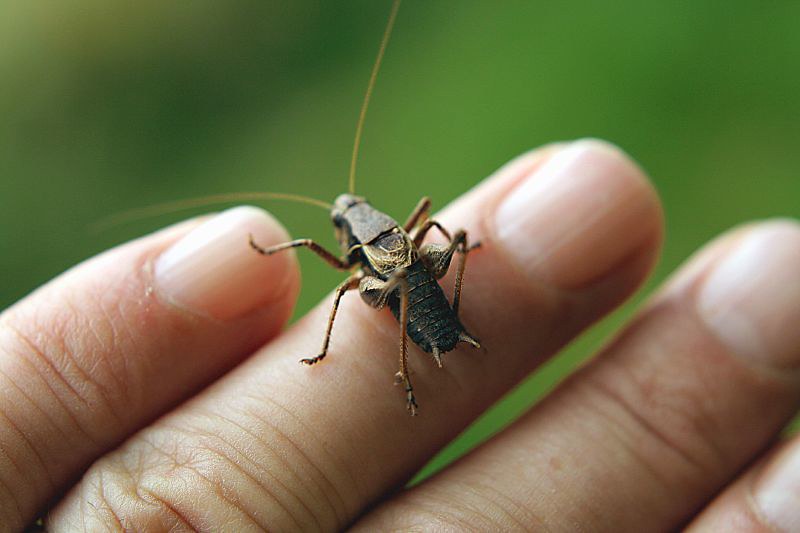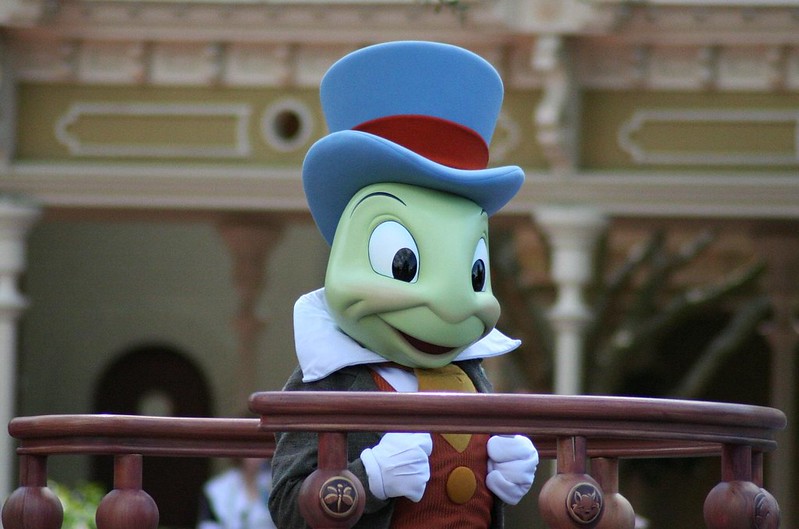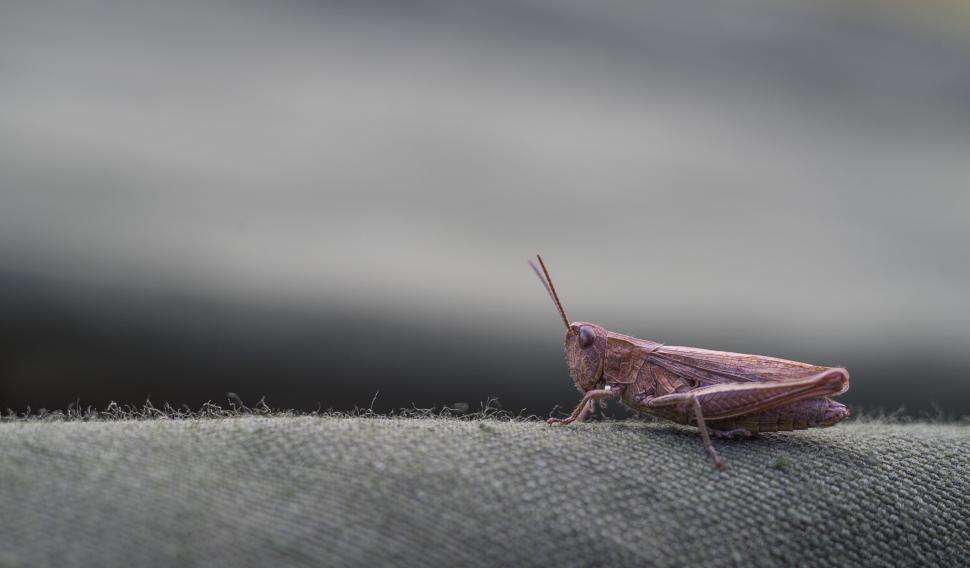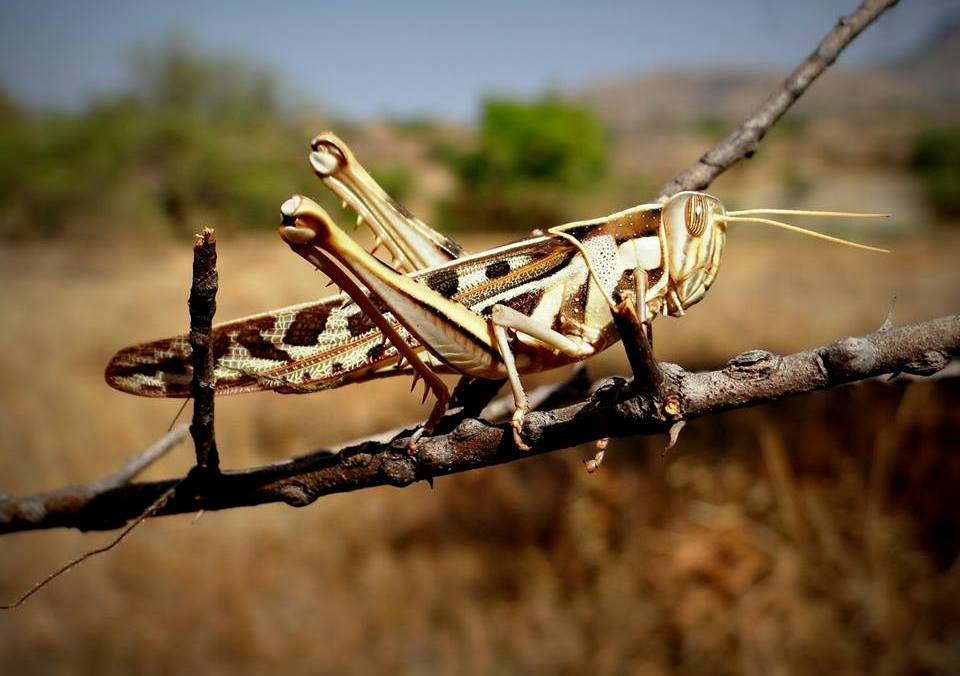What do crickets eat in the wild?
Crickets eat a variety of natural proteins and plants in the wild. This includes grasses, fruits, leaves, seeds, flowers, aphids, and larvae of other insects.
Crickets will eat seeds and small fruits that are available to them. Their plant diet will differ depending on which plant species grow where they live. Common plant food sources include chicory, ragweed, and crabgrass.
When food becomes scarce, crickets generally rely on animal remains (deceased animal parts), living organisms (such as larvae of other insects), or other insects directly. Wild field crickets are known to include more animal matter in their diet.
What do you feed crickets for your pets?
Crickets can be fed an all-plants diet for your pet. You’ll need to grow or buy a variety of things.
General recommendations:
- There are dozens of popular commercial foods made for crickets. A quick trip to the grocery store or pet store should produce several viable and affordable options.
- Fruits are nutritious for crickets and your pets – and they quite like them. Apples, oranges, and bananas are great to start with.
- Vegetables are also a good option. Leafy greens, squash, potatoes, and carrots are all great options to feed your crickets.
- Many types of grains also work well with a cricket’s appetite. Common grains include wheat germ, rice cereal, and alfalfa.
- Pet foods can also be fed to crickets in smaller quantities. Fish flakes, dry dog and cat food, reptile food, and so on can be experimented with. These have no drawbacks for the cricket’s health but not all crickets will prefer all types of pet food, so it’s all about testing which pet foods work and which ones don’t.
Note that whatever your crickets eat will directly go on to providing a majority of the total nutritional value for your pet. Though crickets themselves have a lot of protein, it’s important to feed them good, clean, and fresh food to make your pet healthier.
Regardless of what you feed your crickets, it’s equally important to know how many crickets to feed to your pet daily. This usually differs from pet to pet.
Some general recommendations (for illustrative purposes) are below:
Bearded dragons
- Very young bearded dragons (1-3 months of age) need about 30-50 crickets three times per day. These have to be one-week-old crickets (quarter inches).
- Slightly older bearded dragons (3-9 months of age) can do with 50-70 medium crickets daily twice per day.
- Adult bearded dragons (more than 9 months old) need close to 70 crickets per week. 10 crickets per day will suffice.
Geckos
- Young crested geckos can eat 3-5 micro crickets once per day.
- 4-10 months old crested geckos need 4-6 medium crickets up to 4 days a week.
- Maturing crested geckos can eat 7-8 large crickets 3-4 days per week.
Leopard and tokay geckos generally have a similar diet but you should replace medium crickets with ¼” crickets initially. Maturing geckos of all types can easily eat 3-8 large crickets every other day.
Veiled chameleons
The bone ridge on the back of the veiled chameleon is an indicator of its weight. That’s how you can look out at their diet much more closely.
Here’s a common dietary plan to follow:
- 1-3 months old veiled chameleons should be fed 6 tiny crickets twice per day. Crickets up to one week old work best.
- 3-6 months old veiled chameleons can be fed 10-13 small crickets every day.
- 6-10 months old veiled chameleons should be fed 15-20 medium-sized crickets every alternating day.
- Veiled chameleons older than 10 months can eat 5-7 large crickets every other day.
Citations and Credits





